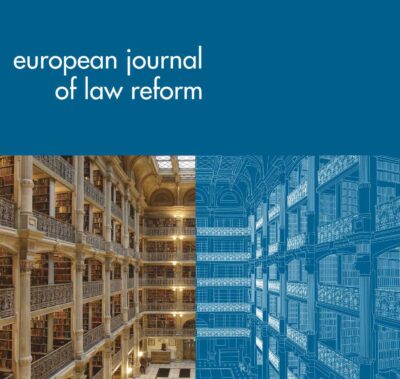
The article analyses the role of computer-assisted translation (CAT) tools in the European Union (EU). Such tools are of a great help in dealing with multilingualism within the EU legislative process, in particular in drafting legal acts in the twenty-four official languages of the EU. The article’s original contribution to the current academic debate is twofold. First, it looks at these tools from a perspective of constitutional law to see if they are sufficiently transparent and do not jeopardize the role of human intelligence. Secondly, it analyses the potential role of CAT tools in the implementation/transposition of EU legal acts. One of the main problems when implementing/transposing EU legal acts within Member States comes from the use of legal terms by the EU legislator that sometimes have slightly different meanings from the meanings that those terms have within domestic legal orders. Two different approaches have been developed to deal with this issue: the copy-out approach and the interpretative approach. From this perspective, the article analyses whether and especially under which legal conditions some legal terms could be stored in the main EU termbase IATE (Interactive Terminology for Europe) according to the meaning that term has within the domestic legal order.
The article was written by Enrico Albanesi and published by the European Journal of Law Reform
Enrico Albanesi is an Associate Professor of Constitutional Law, Department of Law, University of Genoa, and Associate Research Fellow, Institute of Advanced Legal Studies (IALS), University of London. First version of this article was discussed at the International Conference on Multilevel Legislative Drafting and Legislative Impact Assessment, University of Lisbon, 15 July 2022, and at the 7th International Conference on Legislation and Law Reform, Washington, DC, 3 to 4 November 2022.
Read the article here.





